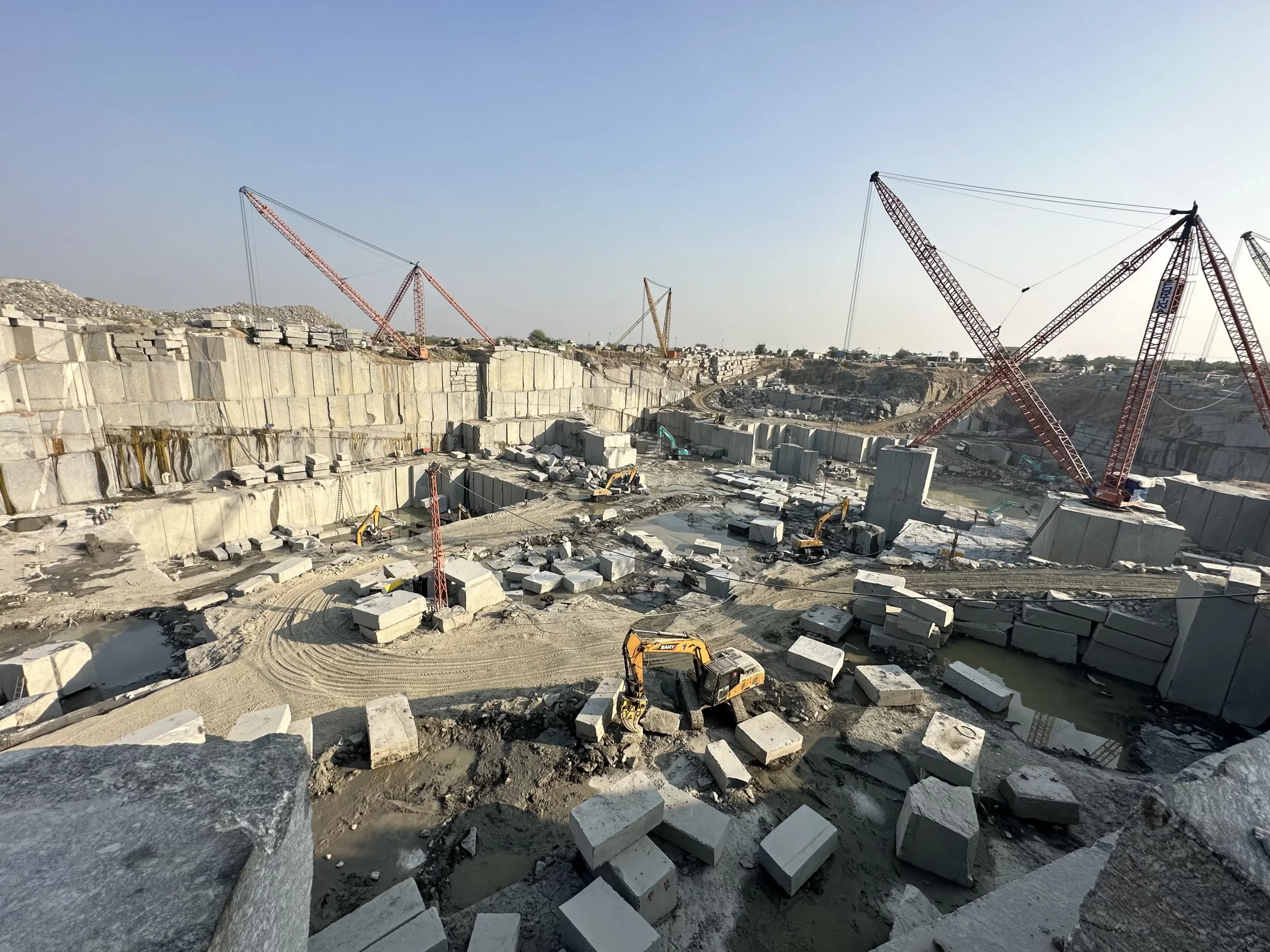Diving into of Granite Quarries in South Africa
Diving into of Granite Quarries in South Africa
Blog Article
Uncovering the Rich History and Lasting Practices of Granite Quarrying
As we base on the precipice of discovering the elaborate tapestry of granite quarrying, a journey via time reveals not simply the physical act of extracting stone however likewise the social and historical value woven right into the really textile of this method. From the ancient origins that laid the foundation for modern-day quarrying strategies to the sustainable methods that are forming the future of this market, each chisel mark on granite surface areas informs a story waiting to be unearthed (granite quarries in south africa). The legacy of granite quarrying stretches much past mere extraction; it is a testimony to human ingenuity, resilience, and the long-lasting appeal of this stunning stone
Ancient Origins of Granite Quarrying
Going back to old human beings, the practice of quarrying granite has been an indispensable component of human history and building development. The earliest evidence of granite quarrying days back to old Egypt, where large pyramids and intricate sculptures were crafted from this durable rock. The Egyptians utilized primitive tools to remove granite blocks from quarries, showcasing the value of this product in their huge building and constructions.
Progressing in history, the Greeks also made considerable contributions to the quarrying of granite. The Greeks made use of granite in different building wonders, such as holy places and statues, showing their skill in shaping and sculpting this durable stone. The Romans further improved the methods of quarrying granite, utilizing advanced devices like chisels and hammers to remove and form granite for their famous structures.
Via the centuries, the practice of quarrying granite has actually developed, with modern technologies boosting performance while preserving the timeless charm of this all-natural stone - granite quarries in south africa. From old worlds to modern builders, the tradition of granite quarrying continues to shape our globe
Advancement of Quarrying Techniques
The development of quarrying techniques has been noted by a continuous development towards better effectiveness and precision in drawing out granite. From the primary techniques utilized by our forefathers to the innovative innovations made use of in modern quarrying procedures, the market has undertaken considerable developments. Early quarrying strategies involved manual work with basic tools such as knives, hammers, and wedges to extract granite blocks from the planet. As worlds progressed, strategies like fire-setting and primitive explosives were introduced to help with the removal process.
Improvements in computer-controlled tools and 3D modeling have actually maximized quarrying operations, leading to marginal environmental influence and improved sustainability practices. As the demand for granite proceeds to increase, the advancement of quarrying techniques remains integral to meeting sector needs efficiently and sustainably.
Social Value of Granite
Granite holds an extensive social relevance across numerous people because of its enduring existence in architectural work of arts and revered monoliths. From the marvelous pyramids of Egypt to the intricate carvings of the Angkor Wat see this here temple in Cambodia, granite has actually been a material of option for sharing magnificence and durability in social heritage. In old Rome, granite columns decorated holy places and public buildings, symbolizing strength and permanence. The cultural value of granite expands beyond its physical characteristics; it symbolizes strength, security, and timelessness, making it a sign of enduring legacies and traditions.

Lasting Practices in Quarrying
Amidst the abundant history of granite quarrying and its cultural relevance lies a growing focus on sustainable techniques within the sector. As environmental awareness and worries regarding resource exhaustion have enhanced internationally, the quarrying industry has actually significantly accepted lasting techniques to decrease its influence on the environment and bordering areas.

Furthermore, reclamation and rehabilitation of quarry sites post-extraction are integral to lasting techniques. By recovering quarried locations to an all-natural or valuable state, such as developing wild animals environments or leisure rooms, quarriers can balance out the ecological footprint of their operations and contribute positively to the local ecosystem.
Heritage of Granite Quarrying
With a historic background steeped in craftsmanship and commercial progression, what withstanding effect has granite quarrying left on the landscape of modern culture? The heritage of granite quarrying goes beyond mere extraction techniques; it has actually shaped building marvels, metropolitan landscapes, and cultural heritage worldwide. The sturdy nature of granite has actually made it a favored choice for monoliths, buildings, and infrastructure, standing as a testimony to the skill and artistry of quarry employees across generations.
Moreover, the financial footprint of granite quarrying can not be overlooked. The sector remains to provide work opportunities and drive local economic situations in regions where granite removal is prevalent. It has also stimulated technological advancements in quarrying strategies and devices, resulting in much more effective and sustainable practices.
In terms of sustainability, the legacy of granite quarrying includes efforts to alleviate environmental effects via reclamation jobs and liable source management. By stabilizing financial interests with environmental stewardship, the market makes every effort to ensure that future generations can remain to gain from this long-lasting all-natural resource.
Conclusion

Report this page